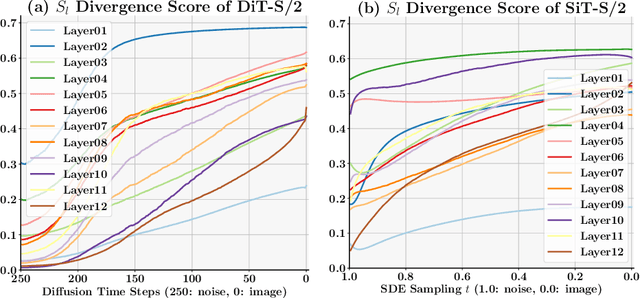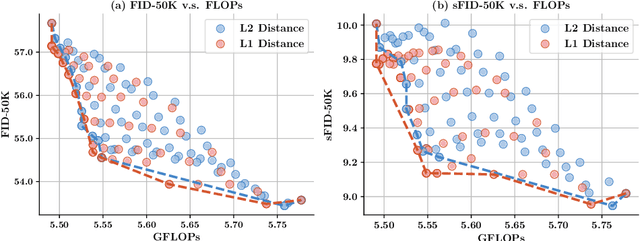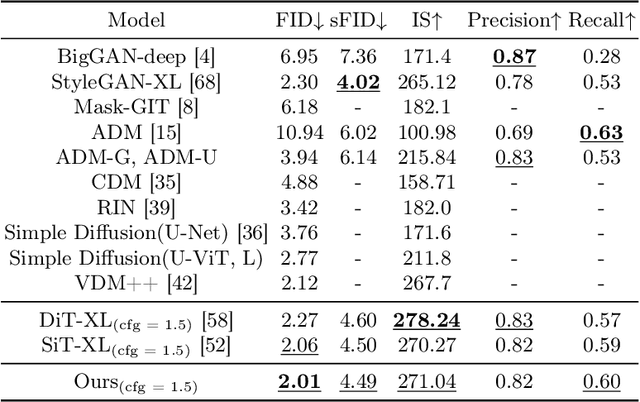Qixiu Li
CogACT: A Foundational Vision-Language-Action Model for Synergizing Cognition and Action in Robotic Manipulation
Nov 29, 2024



Abstract:The advancement of large Vision-Language-Action (VLA) models has significantly improved robotic manipulation in terms of language-guided task execution and generalization to unseen scenarios. While existing VLAs adapted from pretrained large Vision-Language-Models (VLM) have demonstrated promising generalizability, their task performance is still unsatisfactory as indicated by the low tasks success rates in different environments. In this paper, we present a new advanced VLA architecture derived from VLM. Unlike previous works that directly repurpose VLM for action prediction by simple action quantization, we propose a omponentized VLA architecture that has a specialized action module conditioned on VLM output. We systematically study the design of the action module and demonstrates the strong performance enhancement with diffusion action transformers for action sequence modeling, as well as their favorable scaling behaviors. We also conduct comprehensive experiments and ablation studies to evaluate the efficacy of our models with varied designs. The evaluation on 5 robot embodiments in simulation and real work shows that our model not only significantly surpasses existing VLAs in task performance and but also exhibits remarkable adaptation to new robots and generalization to unseen objects and backgrounds. It exceeds the average success rates of OpenVLA which has similar model size (7B) with ours by over 35% in simulated evaluation and 55% in real robot experiments. It also outperforms the large RT-2-X model (55B) by 18% absolute success rates in simulation. Code and models can be found on our project page (https://cogact.github.io/).
SynChart: Synthesizing Charts from Language Models
Sep 25, 2024Abstract:With the release of GPT-4V(O), its use in generating pseudo labels for multi-modality tasks has gained significant popularity. However, it is still a secret how to build such advanced models from its base large language models (LLMs). This work explores the potential of using LLMs alone for data generation and develop competitive multi-modality models focusing on chart understanding. We construct a large-scale chart dataset, SynChart, which contains approximately 4 million diverse chart images with over 75 million dense annotations, including data tables, code, descriptions, and question-answer sets. We trained a 4.2B chart-expert model using this dataset and achieve near-GPT-4O performance on the ChartQA task, surpassing GPT-4V.
Efficient Diffusion Transformer with Step-wise Dynamic Attention Mediators
Aug 11, 2024



Abstract:This paper identifies significant redundancy in the query-key interactions within self-attention mechanisms of diffusion transformer models, particularly during the early stages of denoising diffusion steps. In response to this observation, we present a novel diffusion transformer framework incorporating an additional set of mediator tokens to engage with queries and keys separately. By modulating the number of mediator tokens during the denoising generation phases, our model initiates the denoising process with a precise, non-ambiguous stage and gradually transitions to a phase enriched with detail. Concurrently, integrating mediator tokens simplifies the attention module's complexity to a linear scale, enhancing the efficiency of global attention processes. Additionally, we propose a time-step dynamic mediator token adjustment mechanism that further decreases the required computational FLOPs for generation, simultaneously facilitating the generation of high-quality images within the constraints of varied inference budgets. Extensive experiments demonstrate that the proposed method can improve the generated image quality while also reducing the inference cost of diffusion transformers. When integrated with the recent work SiT, our method achieves a state-of-the-art FID score of 2.01. The source code is available at https://github.com/LeapLabTHU/Attention-Mediators.
DreamReward: Text-to-3D Generation with Human Preference
Mar 21, 2024Abstract:3D content creation from text prompts has shown remarkable success recently. However, current text-to-3D methods often generate 3D results that do not align well with human preferences. In this paper, we present a comprehensive framework, coined DreamReward, to learn and improve text-to-3D models from human preference feedback. To begin with, we collect 25k expert comparisons based on a systematic annotation pipeline including rating and ranking. Then, we build Reward3D -- the first general-purpose text-to-3D human preference reward model to effectively encode human preferences. Building upon the 3D reward model, we finally perform theoretical analysis and present the Reward3D Feedback Learning (DreamFL), a direct tuning algorithm to optimize the multi-view diffusion models with a redefined scorer. Grounded by theoretical proof and extensive experiment comparisons, our DreamReward successfully generates high-fidelity and 3D consistent results with significant boosts in prompt alignment with human intention. Our results demonstrate the great potential for learning from human feedback to improve text-to-3D models.
 Add to Chrome
Add to Chrome Add to Firefox
Add to Firefox Add to Edge
Add to Edge